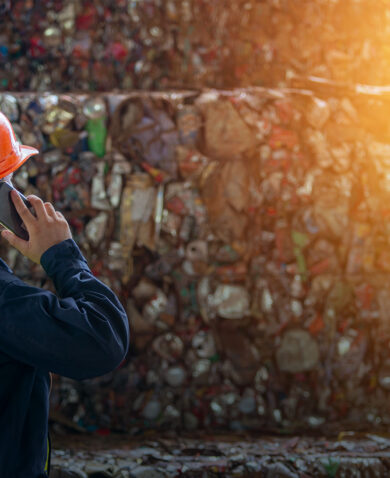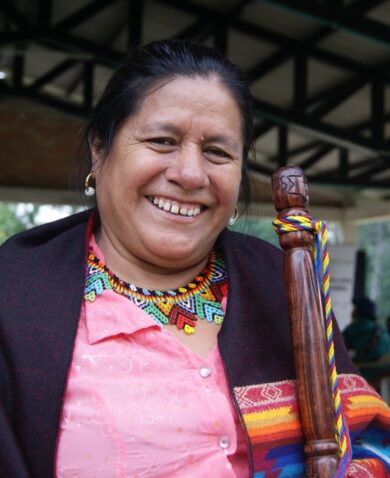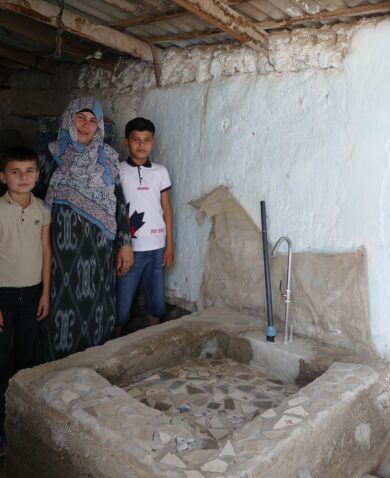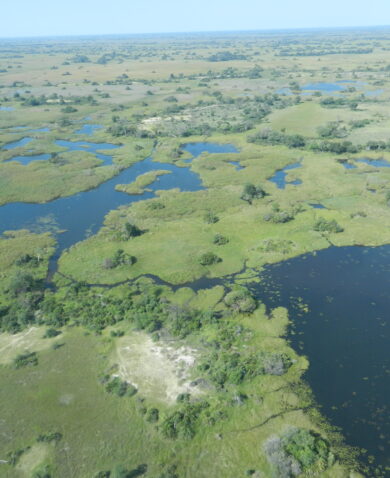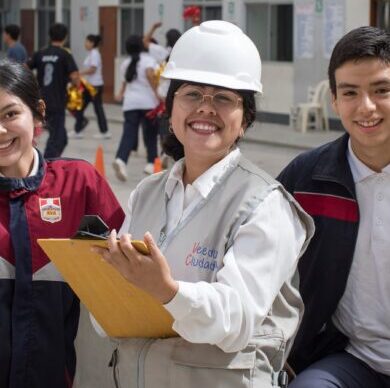
When Corporations Adopt Development Solutions: A Case Study from Peru
October 3, 2017 | 4 Minute ReadWhy would a mining company decide to continue operating a development program after USAID's funding had ended? Manuel Ayulo explores an interesting public-private partnership in Peru.
Why the corporate sector?
Corporate investment in global development activities has steadily increased for over a decade. According to a study conducted by Devex in 2014, many development experts expect corporate global development to triple by 2025 while bilateral aid shrinks by 30 percent. Given these market trends, it is not surprising that development agencies like USAID increasingly consider private sector engagement and investment as cornerstones of their development strategies. Likewise, international development organizations like Chemonics have begun securing increasing levels of corporate funding and expanded their investments in private sector partnerships. At the same time, management consulting firms like McKinsey have launched and expanded their social impact units to meet the increasing demand of companies looking for better strategies and approaches to fulfill their corporate social responsibility, shared value, and global development objectives. Many companies are increasingly looking to the world of international development for lessons learned and solutions.
To understand this new scenario, we should ask the questions: Why have corporations adopted international development solutions in the past? How have they done it? What impact have those programs had?
A case study deep in the mines of Peru
One example of how corporations have adopted development solutions is the Poverty Reduction and Alleviation Program (PRA), implemented in Peru from 2000 to 2013 by Chemonics International and funded by USAID. This article describes the PRA program and its success partnering with 10 private companies in Peru. It then explores the incentives and opportunities that facilitated the partnerships, and reflects on Chemonics’ private sector engagement potential.
A new approach
In We Do Know How: A Buyer-Led Approach to Creating Jobs for the Poor, published in 2011, author James Riordan makes the case that if economic growth projects want to generate sustainable jobs and reduce poverty, they must help the poor “produce want they can sell,” not “sell want they can produce.” This demand-driven approach may seem obvious now, but it was an innovative concept in development when Mr. Riordan pioneered it on the PRA program in the early 2000s. PRA’s objectives were to help connect rural producers to the market, increase the capacity of rural producers to meet market demand, and build sustainable and reliable relationships between producers and their new clients. PRA had three indicators: sales, new jobs, and capital investments in small businesses. For Mr. Riordan, these indicators were all that was needed to evaluate PRA’s impact on poverty.
Funding from an unexpected source
Something remarkable and unexpected happened a year after PRA was launched: Compañía de Minas Buenaventura, Peru’s largest precious metals producer, approached USAID requesting that PRA expand its operations to include the region of Huancavelica, one of the poorest in Peru. Buenaventura’s first operation, the Julcani mine in Huancavelica, was to turn 50 years old, and the company wanted to demonstrate its appreciation for Huancavelica by investing more than $1 million and using PRA to support the region’s economic development. USAID saw the potential of the alliance, and signed one of the first USAID Global Development Alliances (GDAs) in 2001.
Years later, Compañía Minera Antamina, a joint venture between BHP Billiton, Glencore, Teck, and Mitsubishi, operating one of the biggest copper/zinc mines in the world, signed a second GDA with USAID and Chemonics to expand PRA to Ancash, the region where Antamina operates. By 2009, PRA’s success persuaded USAID to extend the program for four more years in partnership with 10 mining and engineering firms that invested more than $5 million in total.
Why PRA? Why now?
Why during these years in Peru were so many mining companies interested in adopting the approaches of a USAID-funded and Chemonics-implemented development project? Since 2006, high commodity prices increased miners’ revenue and increased pressure from politicians and civil society activists on mining companies to reinvest a greater share of their profits in corporate social responsibility (CSR) activities. In 2007, the government began requiring that mining companies in Peru invest 3.75 percent of their before-tax income on CSR activities. By this time, PRA had been operating for more than seven years and had gained recognition in the private sector with its Buenaventura alliance. In comparison with many other CSR activities, PRA had a clear methodology and a monitoring and evaluation (M&E) system that showed results and impact. Furthermore, PRA promised to leverage previous CSR investments that had focused on building local capacities without considering their market demand. In this regard, PRA might activate potential local capacities that remained dormant because they were not connected to market demand.
These all are significant factors; nevertheless, they do not fully explain why mining companies would engage in development projects. Development projects are one of the tools available for companies to build and sustain social and political relations with powerful stakeholders to maintain their operations and reduce the risks of social conflict. Thus, for mining companies, development solutions and partnerships are mechanisms to reduce a significant source of business risk. In addition, mining companies want to produce measurable results to support the claim that the industry is not only a major source of revenue for the government, but also produces sustainable development in the regions where it operates.
PRA Buenaventura: a sustained development program
Even though USAID’s funding and Chemonics’ implementation of PRA ended in 2013, Buenaventura continues the program under the name “PRA Buenaventura” in areas close to five of its mining operations in the highlands of the Huancavelica, Arequipa, Lima, and Pasco regions.
To better address its operational objectives, Buenaventura selected Cáritas del Perú, previously subcontracted by Chemonics, to operate the program; gave the M&E component to Innova Rural; and contracted an independent consultant to perform impact evaluation analysis. Furthermore, while continuing to monitor poverty reduction, Buenaventura added new indicators that aimed to measure local wellness, satisfaction, and the quality of the company’s social relations. These changes responded to the company’s double objectives: to reduce poverty and to improve relations with local stakeholders.
Learning from PRA and Buenaventura
There are a number of key takeaways from the PRA case study:
- Companies are not necessarily development specialists but may require development solutions to run their operations. Special interest is devoted to well-designed, long-term, and sustainable development efforts that enhance traditional economic activities.
- The goals of CSR are similar enough to bilateral-funded international development that development solutions can be transferred to the private sector context.
- However, as the PRA Buenaventura project proves, development solutions must be redesigned to address the client’s needs.
- The redesign process must consider: What is the client’s business? What are its main issues? How can development solutions solve these issues and create shared value?
The PRA case study demonstrates how a development program had great demand from mining companies unpredictably and shows the potential for development firms to engage in carefully designed value propositions for the private sector.








